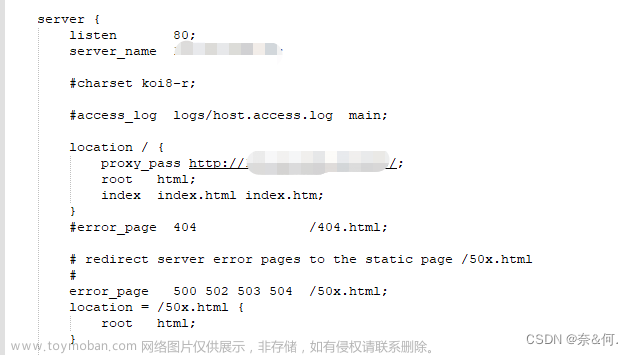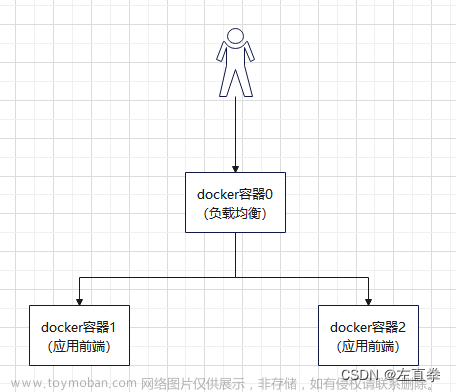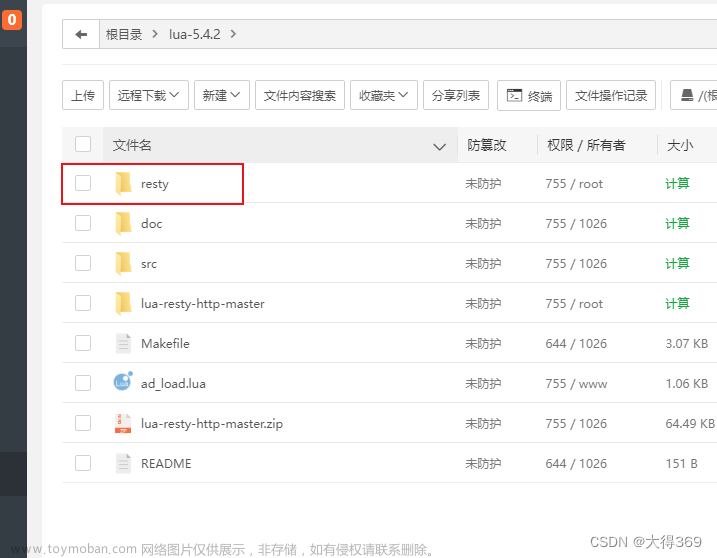情况是这样,我在虚拟机上,使用docker跑前端,需要这个前端支持https,原http的话自动跳转到https。另外,前端部署使用了负载均衡,即使用了3个docker跑前端:1个入口,另外2个是前端,指向了同一份网站代码。(有关前端部署负载均衡,详见拙作《使用docker部署多个nginx站点并配置负载均衡》)
如图所示
有关使用docker部署nginx并支持https,之前我也有一篇总结:《使用docker部署nginx并支持https》
现在要说的是,转向https以后,原先的http方式怎么办?现在https已经是标配了,http除了方便一点,没有什么好留恋的,最好的处理方式,不是同时支持两种协议,而是将http自动跳转到https。其实跳转很简单,只有2、3行代码:
server {
listen 80;
server_name 192.168.0.22;
# rewrite ^/(.*) https://$server_name:8443$request_uri? permanent;
return 301 https://$host:8443$request_uri;
}
这是支持http的server配置。一般网上教程给的文章,没有注明这个端口8443,是因为他们没有用虚拟机来部署。而我是在宿主机上跑了一个linux,然后在linux上再跑docker。其中192.168.0.22就是宿主机,443早就被其他应用占用了,我只能开放8443给外部访问,所以跳转这里加上了端口8443。
上面的跳转,有2条语句,任意一条都可以。这个server_name可不是随意写的。
我感觉最后一条比较简洁,第一条太多代码了。permanent是“永久”的意思,估计是想告诉浏览器,你访问的http地址,已经永久转向了这个啥啥啥。但其实,301就代表了永久转移:
HTTP 301 Moved Permanently 说明请求的资源已经被移动到了由Location 头部指定的url 上,是固定的不会再改变。搜索引擎会根据该响应修正。
前面说到,“$server_name“ 在脚本中被赋值,但是”$host"没看到哪里有赋值,其实就是代表我们所访问的地址,无须赋值。意思是,你访问http://abc,系统就自动给你跳到https://abc。这个abc,就是host。
另外,修改nginx脚本以后,除了需要重启相关docker,还要将浏览器清除缓存,否则试不出效果。
负责跳转的docker对应的完整nginx配置脚本:文章来源:https://www.toymoban.com/news/detail-521803.html
user nginx;
worker_processes auto;
error_log /var/log/nginx/error.log notice;
pid /var/run/nginx.pid;
events {
worker_connections 1024;
}
http {
include /etc/nginx/mime.types;
default_type application/octet-stream;
log_format main '$remote_addr - $remote_user [$time_local] "$request" '
'$status $body_bytes_sent "$http_referer" '
'"$http_user_agent" "$http_x_forwarded_for"';
access_log /var/log/nginx/access.log main;
sendfile on;
#tcp_nopush on;
keepalive_timeout 65;
#gzip on;
#include /etc/nginx/conf.d/*.conf;
upstream main-web{
server 192.168.144.129:8810;
server 192.168.144.129:8811;
}
server {
listen 443 ssl;
server_name localhost;
# 注意文件位置,是从/etc/nginx/下开始算起的
ssl_certificate cert/gdhysthj.crt;
ssl_certificate_key cert/gdhysthj.key;
ssl_session_timeout 5m;
ssl_protocols TLSv1 TLSv1.1 TLSv1.2;
ssl_ciphers ECDHE-RSA-AES128-GCM-SHA256:HIGH:!aNULL:!MD5:!RC4:!DHE;
ssl_prefer_server_ciphers on;
location / {
proxy_set_header HOST $host;
proxy_set_header X-Forwarded-Proto $scheme;
proxy_set_header X-Real-IP $remote_addr;
proxy_set_header X-Forwarded-For $proxy_add_x_forwarded_for;
# 这里写的是我的腾讯云内网地址,不知道为啥,不能用127.0.0.1...
proxy_pass http://main-web;
}
}
server {
listen 80;
server_name 192.168.0.22;
# rewrite ^/(.*) https://$server_name:8443$request_uri? permanent;
return 301 https://$host:8443$request_uri;
}
}
192.168.144.129 是虚拟机地址,192.168.0.22是宿主机地址。文章来源地址https://www.toymoban.com/news/detail-521803.html
到了这里,关于虚拟机上用docker + nginx跑前端并支持https和http的文章就介绍完了。如果您还想了解更多内容,请在右上角搜索TOY模板网以前的文章或继续浏览下面的相关文章,希望大家以后多多支持TOY模板网!








